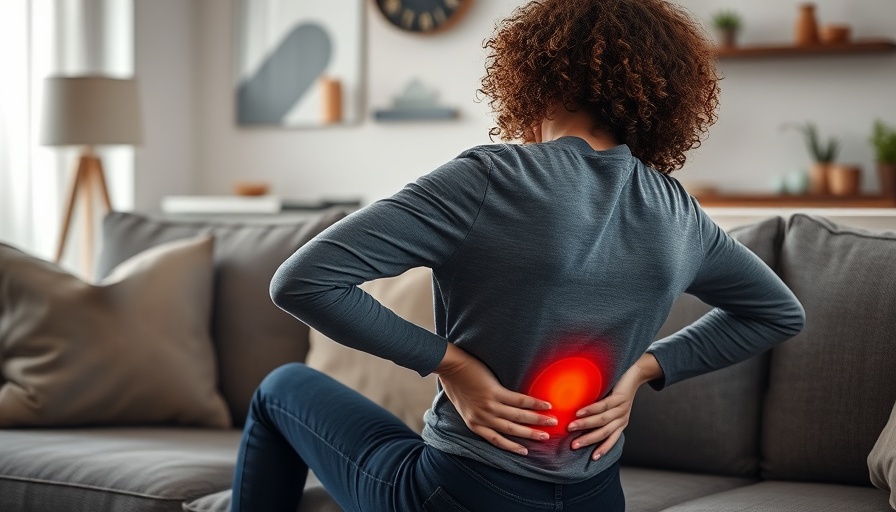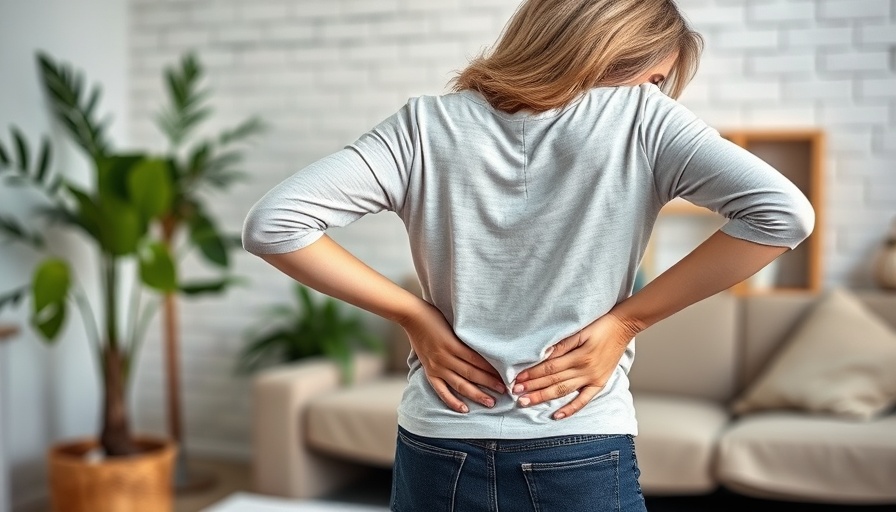
Understanding the Hidden Impact of Sitting on Your Digestion
Sitting may seem like a harmless activity, but for many, it comes with unexpected consequences, particularly for digestion. Extended periods of poor posture can lead to various health issues, including the hindrance of digestive functionality. When we slouch or lean inappropriately while sitting, we inadvertently place pressure on our abdominal organs, which can impede digestion, triggering discomfort, bloating, gas, and even constipation. Essentially, our habits at the desk can carry over to our gut health in profound ways.
Why Posture Matters: The Science Behind Sitting and Digestion
When we spend hours bent over keyboards or slouched in soft chairs, we create an internal environment that is less than conducive to healthy digestion. Research highlights how poor posture can restrict blood flow to the digestive organs and decrease oxygen supply, slowing down metabolic processes. This decrease in efficiency can lead to common gastrointestinal issues, making it crucial to recognize the importance of maintaining good posture not just for back health but also for our overall digestive wellness.
Simple Strategies for Healthier Sitting Habits
So, what can you do to counteract the negative impact of prolonged sitting? Here are some actionable tips to promote a healthier posture and thereby enhance digestion:
- Invest in Ergonomic Furniture: Consider using a chair that supports the natural curve of your spine and keeps your feet flat on the ground. This helps maintain an aligned posture during long hours of sitting.
- Practice Proper Sitting Technique: Keep your shoulders back and feet flat while sitting. Adjust your seat height so that your knees are level with your hips, encouraging a more upright position.
- Take Regular Breaks: Set a timer to remind yourself to stand, stretch, or take short walks every 30 minutes. This can ease the tension in your body and stimulate better digestive health.
Emotional and Psychological Benefits of Changing Your Sitting Habits
Besides the physiological impact, changing your sitting habits can enhance mental clarity and emotional stability. Improved posture has been linked to increased confidence levels and a more positive mindset. When your body feels good, your mind is often more energized and positive—a crucial combination for productivity. Embracing proper sitting techniques not only aids digestion but can also elevate your mood.
Real-Life Inspirations: How Mindful Sitting Changed Lives
Consider the journey of Emily, a Southern Californian office worker who struggled with chronic digestive discomfort. After consulting with a chiropractor and learning about the effects of her sitting habits, she made targeted changes to her workspace and posture. With continued mindfulness and regular breaks, she noticed substantial improvements in her gut health and energy levels. Stories like Emily’s exemplify the potential of tackling poor posture proactively—a inspiring reminder that small changes can lead to significant outcomes.
The Bottom Line: Make Your Wellness a Priority
Improving how we sit isn’t just about comfort; it’s about empathy for our bodies and acknowledging the ripple effect of our daily habits. As our lifestyles become increasingly sedentary, the urgency to prioritize proper posture grows. By being mindful of our sitting habits, we not only enhance our digestion but also fortify our overall health for the future. Take action today to create a healthier lifestyle; your body and mind will thank you.
 Add Row
Add Row  Add
Add 




Write A Comment